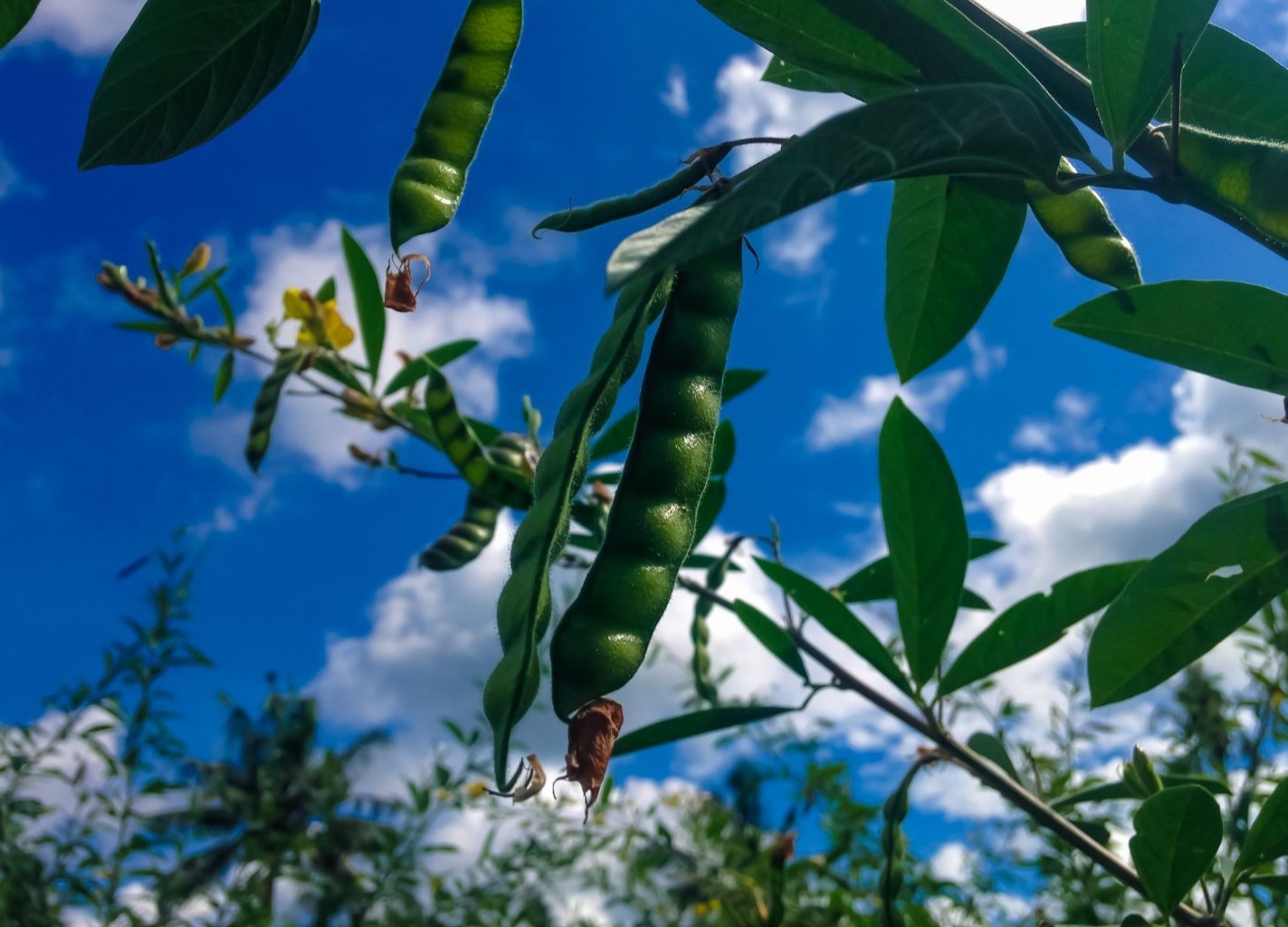Irrigation requirement for Pigeon pea Cultivation
Pigeon pea (Cajanus cajan) is also known as arhar or tur dal. It is a vital legume crop widely cultivated in tropical and subtropical regions of the world. It is not only a significant source of dietary protein but also plays a crucial role in enhancing soil fertility due to its nitrogen-fixing properties. To maximize pigeon pea yield and quality, it is essential to provide the right amount of water at the right time.
Water requirements of pigeon pea based on the plant’s growth stages
Before delving into irrigation strategies, it is crucial to understand the growth stages of pigeon pea. The plant goes through various phases, each with distinct water requirements:
- Germination and Establishment: During this early stage, pigeon pea requires consistent moisture to facilitate germination (up to 7 days) and establish a robust root system. Adequate soil moisture is essential for the seeds to sprout and develop into healthy seedlings.
- Vegetative Growth/branching stage [30 days after sowing (DAS)]: As the plant matures, it enters the vegetative growth stage. During this period, the focus should be on maintaining soil moisture to support foliage development and root expansion. Insufficient water at this stage can result in stunted growth and reduced yield.
- Flowering and Pod Formation (70 DAS to 110 DAS based on type variety or hybrid): Pigeon pea starts flowering after the vegetative growth phase. This stage is critical for yield development. Proper irrigation is crucial to support flower and pod formation. Inadequate water can lead to flower drop and reduced pod formation.
- Maturation and Harvest: As the pods develop and fill with seeds, irrigation should be carefully managed to prevent water stress during maturation. Excessive water during this stage can lead to pod cracking and quality deterioration.
Irrigation Methods for Pigeon Pea Plants
- Rainfed Cultivation: In regions with regular and well-distributed rainfall, pigeon peas can be grown as a rainfed crop. However, supplemental irrigation may be necessary during dry spells to ensure consistent moisture during critical growth stages, even in rainfed areas.
- Drip Irrigation: It is a highly efficient method for pigeon pea cultivation because it delivers water directly to the root zone. Drip irrigation also minimizes the risk of foliar diseases such as blight, which can be problematic in pigeon peas.
- Furrow Irrigation: Furrow irrigation involves creating shallow channels (furrows) between rows of pigeon pea plants and flooding them with water. This method is cost-effective but requires careful management to avoid waterlogging and runoff.
Irrigation Scheduling – When pigeon pea plants should be watered
Proper irrigation scheduling is crucial to meet the water needs of pigeon peas at different growth stages. Farmers should consider factors such as soil type, weather conditions, and the growth stage when determining when and how much to irrigate.
- Soil Moisture Monitoring: Regularly monitoring soil moisture levels helps make informed decisions about irrigation timing and frequency.
- Critical Growth Stages: Provide adequate moisture during critical growth stages, especially flowering and pod formation. Insufficient water at these stages can lead to yield losses.
- Avoid Overwatering: Overwatering can lead to waterlogged soil, root rot, and nutrient leaching. It’s essential to strike a balance and avoid excessive irrigation.
Pigeon pea cultivation can be a rewarding venture when the right irrigation practices are employed. Understanding the plant’s growth stages, choosing appropriate irrigation methods, and implementing a well-thought-out irrigation schedule are critical to optimizing yield and quality. By carefully managing water resources, farmers can ensure a successful pigeon pea harvest while conserving water and promoting sustainable agriculture practices.
References:
Reddy Kumar, Y.P., Reddy Sahadeva, B., Reddy, M.A., Kumari, R.C., and Reddy, B.R., 2020. Irrigation management in Pigeonpea under rainfed Alfisols. JPP; 9(6): 136-139.
https://agritech.tnau.ac.in/agriculture/CropProduction/Pulses/pulses_redgram.html
Pigeonpea Botany and Production Practices. Compiled by Faujdar Singh and D.L. Oswalt. International Crops Research Institute for the Semi-Arid Tropics.
Jadhav, M.L., Raidas, D.K., Kumawat, N., Girothia, O.P., Bhagat, D.V., Choudary, S.K., 2022. Pigeonpea (Cajanus cajan L.) Growth, yield and monetory influence by drip irrigation and mulch in vertisols of Madhya Pradesh. Legume Research, 45(7); 853-859.
Further reading
Pigeon pea: Plant information, History, and Nutrition
Principles of selecting the best varieties and hybrids for Pigeon pea cultivation
Pigeon pea Soil requirement, Soil preparation and Plant density
Irrigation requirement for Pigeon pea Cultivation
Fertilization requirement for Pigeon Pea
Weed Management in Pigeon Pea Farming
Pigeon pea Diseases and Management Practices










































































